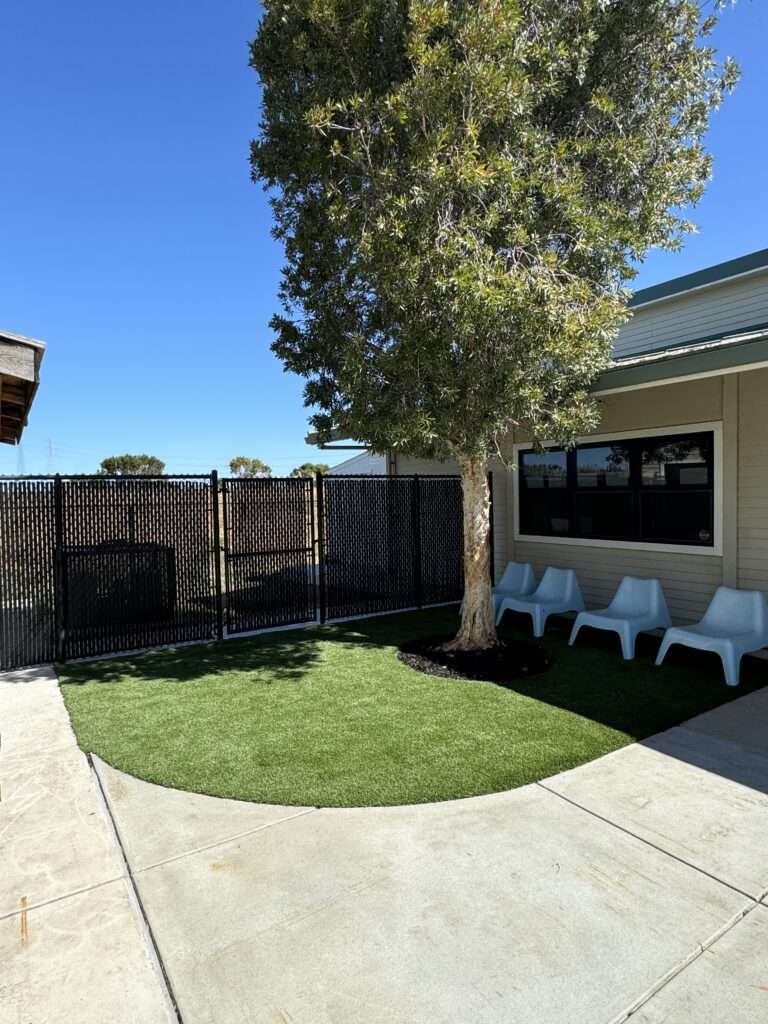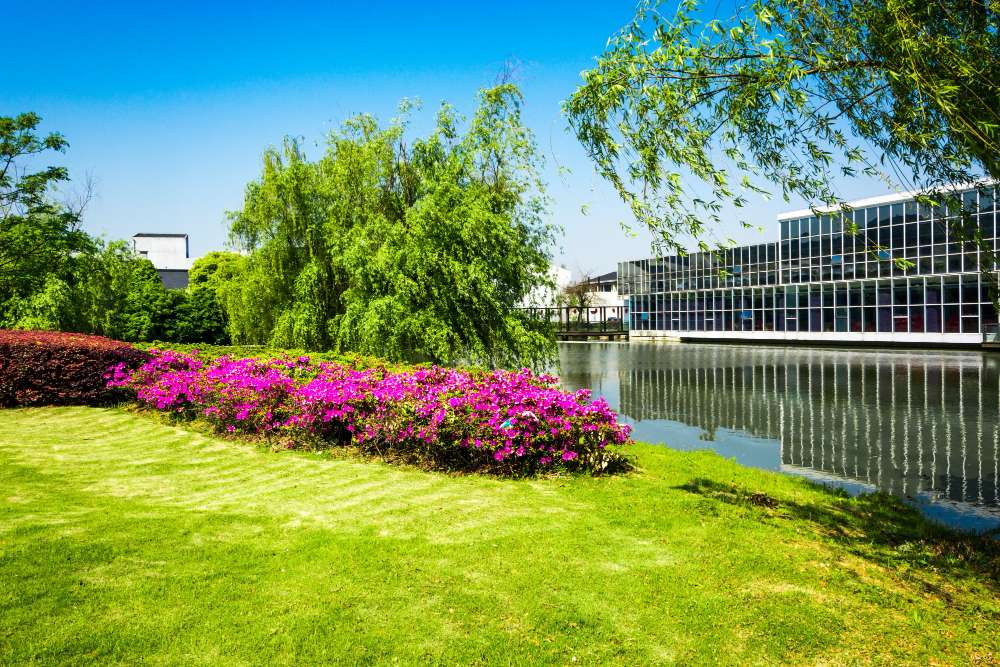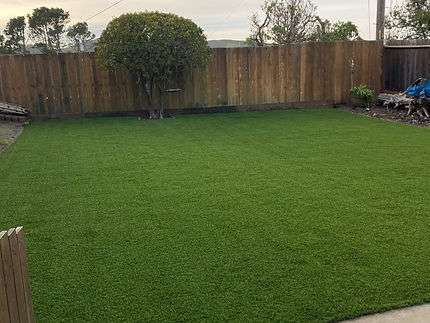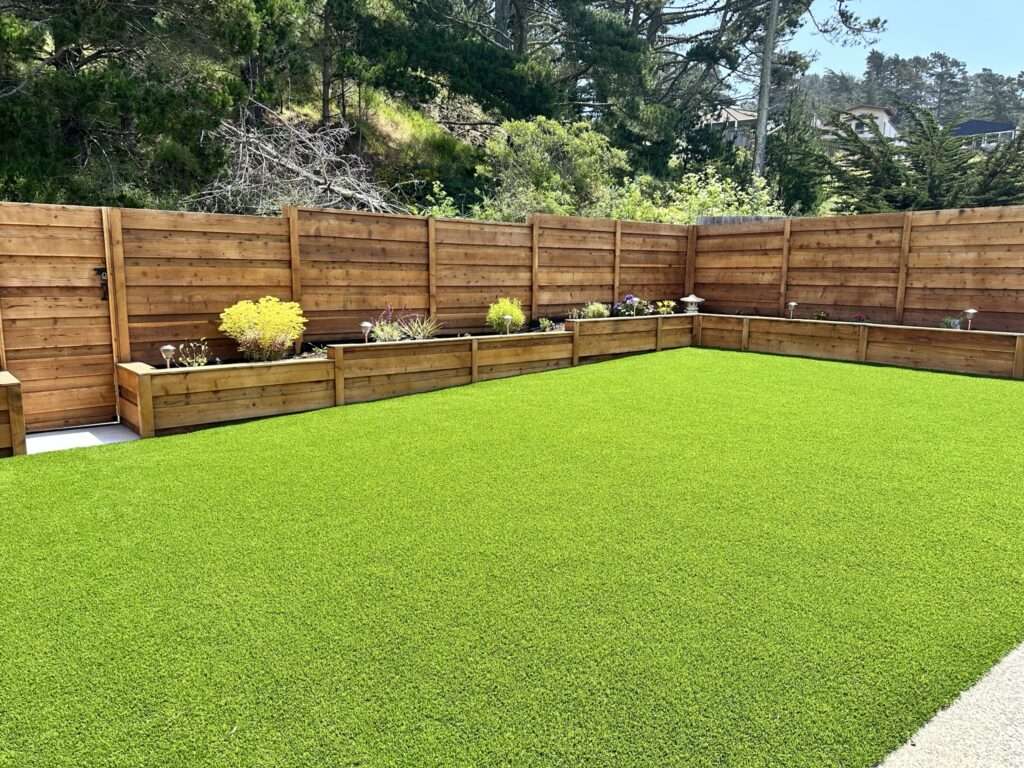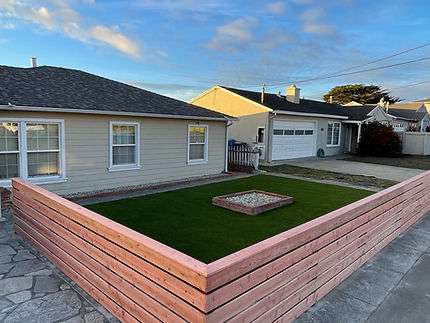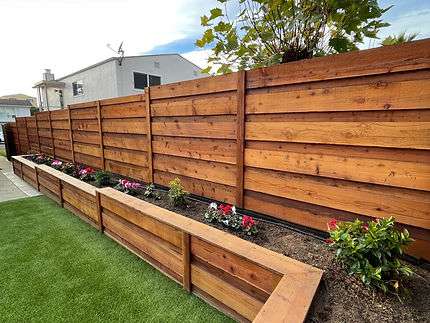Introduction
Creating an inviting and functional outdoor space enhances the beauty and value of any property. When designing your yard, you may find yourself choosing between hardscaping vs. landscaping. Both approaches offer unique benefits, and the right choice depends on your needs, preferences, and budget. In this guide, we’ll explore the key differences between hardscaping and landscaping to help you determine the best fit for your property.
Table of Contents
What is Hardscaping?
Definition and Elements of Hardscaping
Hardscaping refers to the non-living elements of an outdoor space. These structures provide functionality and design while reducing the need for constant maintenance. Common hardscaping features include:
- Patios and decks
- Walkways and pathways
- Retaining walls
- Pergolas and gazebos
- Stone or brick driveways
- Water features like fountains
Benefits of Hardscaping
- Durability: Hardscaping materials like stone, brick, and concrete last for years with minimal maintenance.
- Low Maintenance: Unlike plants, hardscape features don’t require watering, trimming, or fertilizing.
- Erosion Control: Retaining walls and paved surfaces helps prevent soil erosion.
- Increased Property Value: A well-designed patio or outdoor kitchen can significantly boost your home’s value.
What is Landscaping?
Definition and Key Components of Landscaping
Landscaping involves the living elements of your outdoor space. It focuses on plants, trees, flowers, and lawns to create a natural and refreshing environment. Key landscaping components include:
- Grass and lawns
- Flower beds and shrubs
- Trees and hedges
- Gardens and planters
- Water elements like ponds
Benefits of Landscaping
- Aesthetic Appeal: A lush, green yard enhances curb appeal and creates a welcoming atmosphere.
- Environmental Benefits: Plants improve air quality, reduce noise pollution, and support local wildlife.
- Temperature Regulation: Trees and shrubs provide shade, helping to cool outdoor spaces in the summer.
- Mental Well-Being: Spending time in a beautifully landscaped yard can reduce stress and improve mood.
Hardscaping vs. Landscaping: Understanding the Key Differences
Materials and Elements Comparison
One of the most significant differences between hardscaping and landscaping lies in the materials used. Hardscaping consists of non-living materials such as stone, concrete, brick, metal, and wood. These elements create permanent structures that define the outdoor space, offering walkways, seating areas, or retaining walls. Landscaping, on the other hand, involves living components like grass, trees, shrubs, and flowers. These elements enhance the aesthetic appeal of the outdoor area and support ecological functions like air purification and soil stabilization.
Functionality and Purpose
Hardscaping serves a functional purpose by providing stability, structure, and usability to an outdoor space. It helps define walkways, create entertainment areas, and manage slopes or erosion. Landscaping, however, focuses on aesthetics, environmental benefits, and comfort. A well-landscaped yard provides shade, attracts wildlife, and enhances the overall appeal of a property. While hardscaping ensures functionality, landscaping softens the environment, making it feel inviting and lively.
Maintenance Requirements
Hardscaping is generally low-maintenance since it does not require watering, fertilizing, or pruning. Occasional cleaning, sealing, and repairs may be necessary to keep materials like concrete and wood in good condition. Landscaping, on the other hand, requires regular upkeep, including watering, weeding, trimming, and fertilization to keep plants healthy and thriving. Seasonal maintenance is also a factor, as some plants require extra care during winter or extreme weather conditions. Homeowners who prefer a low-maintenance yard may lean toward hardscaping, while those who enjoy gardening and nurturing plants may favor landscaping.
Cost Considerations
Hardscaping usually involves a higher upfront cost due to the materials and labor required for installation. However, it is a long-term investment that does not require frequent maintenance. Landscaping is generally more affordable to start but requires ongoing expenses such as fertilizers, pest control, irrigation, and seasonal upkeep. Over time, the costs of maintaining a well-landscaped yard can add up, making it essential to consider long-term budgeting when making a decision.
Impact on Property Value
Both hardscaping and landscaping can increase property value when done correctly. Hardscaping features like patios, outdoor kitchens, and retaining walls can significantly boost a home’s resale value by adding functionality and curb appeal. Landscaping enhances the beauty and livability of an outdoor space, making it more attractive to potential buyers. A combination of both hardscaping and landscaping typically provides the best return on investment, creating a balanced, visually appealing, and functional outdoor area.
Pros and Cons: Which One is Right for You?
| Factors | Hardscaping | Landscaping |
|---|---|---|
| Budget | Higher upfront costs but lower maintenance | Lower initial costs but requires ongoing care |
| Climate | Ideal for dry or arid regions | Best for regions with adequate rainfall |
| Aesthetic Goals | Modern, structured look | Natural, organic feel |
| Best for | Small yards, high-traffic areas, erosion control | Large spaces, cooling effect, gardening enthusiasts |
| Maintenance | Low maintenance, occasional cleaning | Regular upkeep, watering, and trimming |
Which One is Right for You?
Deciding between hardscaping and landscaping depends on your specific needs and preferences. Consider the following questions to help determine the best choice for your property:
- Do you prefer a low-maintenance outdoor space? If so, hardscaping might be the better option.
- Is greenery and a natural look important to you? Landscaping could be the way to go.
- What is your budget for installation and upkeep? Hardscaping may have higher initial costs but lower long-term maintenance, while landscaping requires ongoing care.
- Do you live in an area with extreme weather conditions? Hardscaping materials withstand harsh climates better, whereas landscaping thrives in mild to moderate conditions.
- Are you looking for a functional outdoor space or a visually appealing garden? A combination of both may provide the perfect balance.
Combining Hardscaping and Landscaping for a Balanced Design
How to Create Harmony Between the Two
The best outdoor spaces seamlessly integrate hardscaping and landscaping. Some ways to achieve balance include:
- Using stone pathways to connect flower beds
- Adding raised garden beds to a patio area
- Incorporating water features with surrounding greenery
- Mixing wooden pergolas with climbing plants
Examples of Well-Blended Outdoor Spaces
- A brick patio with surrounding flower beds
- A retaining wall with cascading plants
- A fire pit area with nearby grass and trees
Conclusion
When deciding between hardscaping vs. landscaping, consider your budget, climate, and lifestyle preferences. Hardscaping offers durability and low maintenance, while landscaping provides beauty and environmental benefits. Often, a combination of both elements creates the most visually appealing and functional outdoor space. Start planning your outdoor transformation today to achieve the perfect balance between nature and structure!

